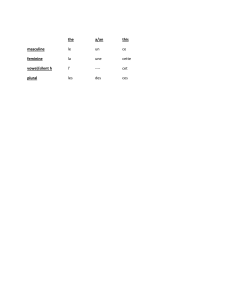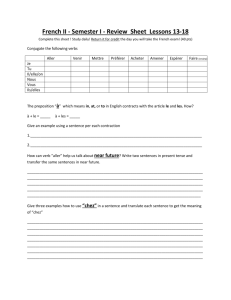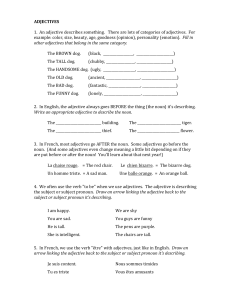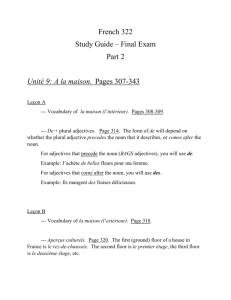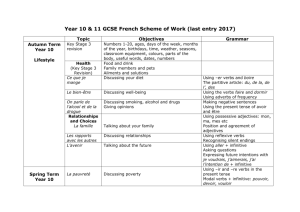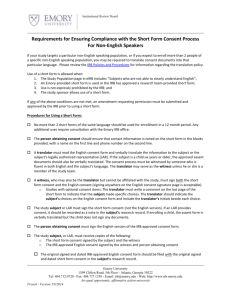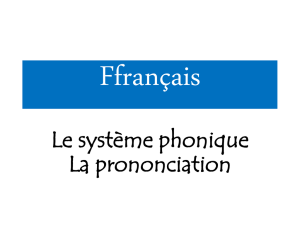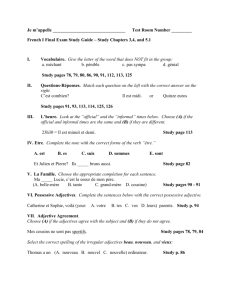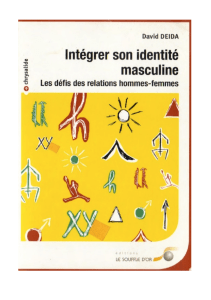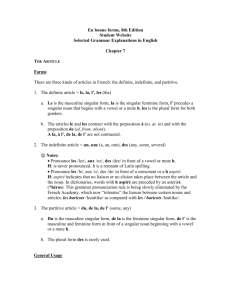Les adjectifs: masculin et féminin
advertisement
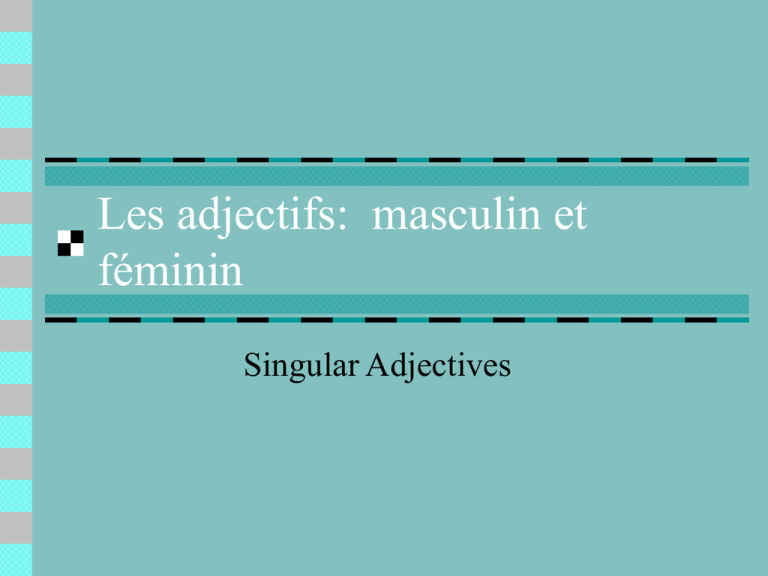
Les adjectifs: masculin et féminin Singular Adjectives Learning about Language ADJECTIVES are words that describe people, places, and things. In French, MASCULINE adjectives are used with masculine nouns, and FEMININE adjectives are used with feminine nouns. This is called NOUN-ADJECTIVE AGREEMENT. Compare the masculine and feminine adjectives. MASCULINE Le scooter est petit. Patrick est intelligent. L’ordinateur est moderne. FEMININE La voiture est petite. Caroline est intelligente. La télé est moderne. Forming feminine adjectives in French In written French, feminine adjectives are usually formed as follows: MASCULINE ADJ. + -e = FEMININE ADJ. Rules: If the masculine adjective ends in –e, there is no change in the feminine form. Example: Jérôme est timide. Juliette est timide. Rules: Adjectives that follow the previous pattern are called REGULAR adjectives. Those that do not are called IRREGULAR adjectives. Example: Marc est beau. Sylvie est belle. Paul est canadien. Marie est canadienne. NOTE French dictionaries list adjectives by their masculine forms. For irregular adjectives, the feminine form is indicated in parentheses. Notes de prononciation If the masculine form of an adjective ends in a silent consonant, that consonant is pronounced in the feminine form. Example: petit petite blond blonde français française Notes de prononciation If the masculine form of an adjective ends in a vowel or a pronounced consonant, the masculine and feminine forms sound the same. Examples: timide timide joli jolie espagnol espagnole
